Have you got a box of faded photos sitting in a drawer or scanned images that look more like shadows than snapshots? Well don't worry because this guide will help you get these images to have better quality and actually restore old photos. Old memories deserve more than a blurry reminder, but fixing damaged or low-quality pictures can be overwhelming. I found some tools to be a little technical, others just don’t deliver results, and paid apps often hit you with watermarks or file limits when you're halfway through the process. In this guide, I’ll be addressing these issues so that you can have an easy time restoring your old photos.

Top 5 AI Photo Restoration Tools
With so many AI photo restoration tools available, it can be hard to tell which ones actually deliver and which just promise a lot. Some focus on enhancing facial details, while others aim to repair age damage or fading. I tested five of the most popular free options to see how they restore old photos. Here’s what each one offers, and where they shine.
1. Toolsmart’s Photo Restoration
What I really liked about Toolsmart’s Photo Restoration is the flexibility it gives you. You get nine different AI-powered styles to choose from, which means you’re not stuck with one version of the fix. It also lets you adjust how closely the restored image matches the original, which came in handy for older scans. On top of that, it supports general enhancement, scratch removal, and even stylistic corrections. For a free tool, that level of control is rare and genuinely useful.
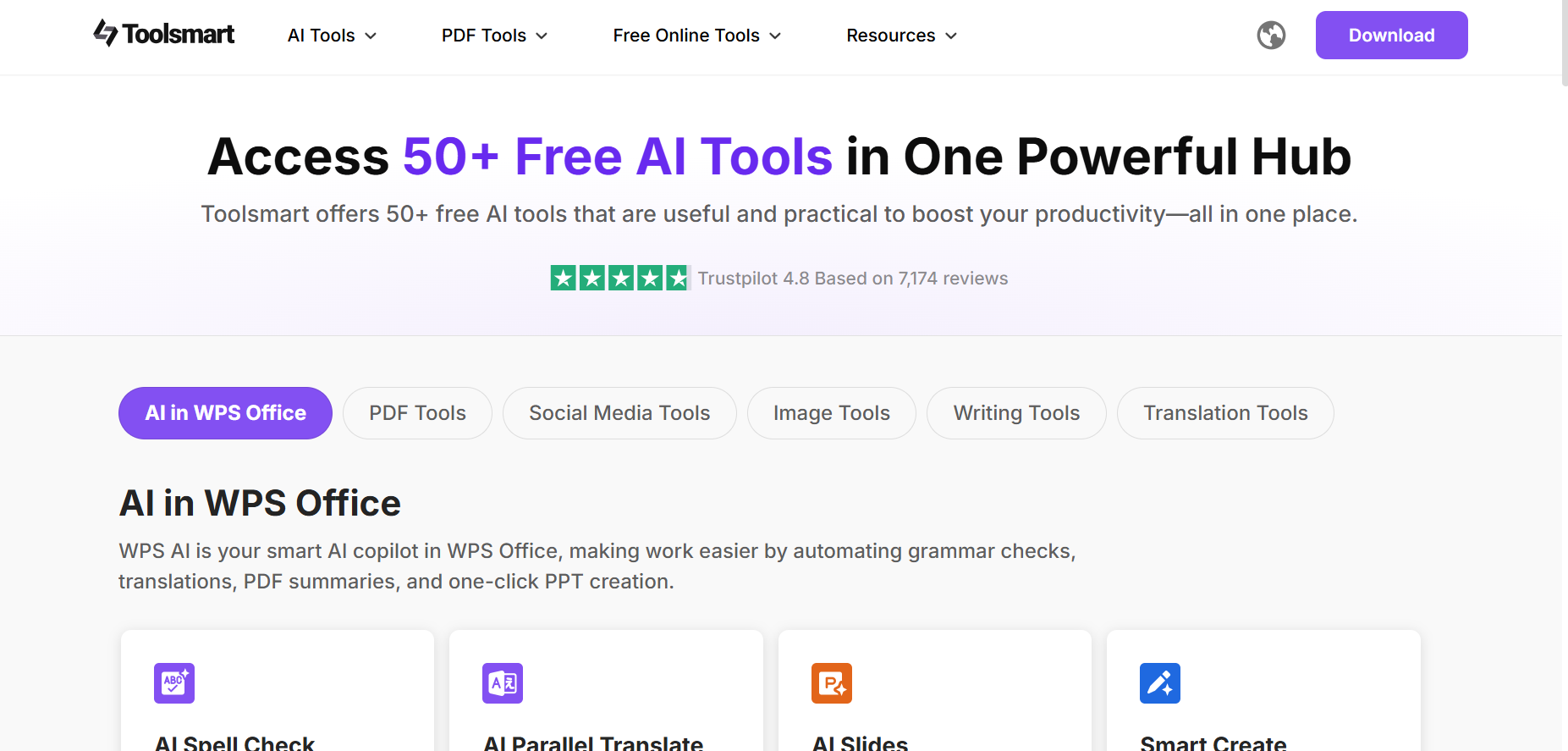
Pros:
Totally free
No watermarks
Offers multiple restoration options
Cons:
Requires internet access
Slight delay when processing high-resolution images
How to Use:
If you want a straightforward, no-sign-up solution, Toolsmart’s Photo Restoration makes photo restoration incredibly easy. You just upload, pick a style, and download, no strings attached.
Step 1: Go toToolsmart's Photo Restoration website. The interface is clean and instantly loads the upload option.
Step 2: Click the upload button and select the image you want to restore. It supports most formats including JPG and PNG.

Step 3: The restored image appears almost instantly. Hit the Download button and download it directly. No watermark, no strings attached.

I’ve used Toolsmart Photo Restoration to restore photos a few times, once I restored a scratched, faded portrait and was surprised at how crisp the details came out. The multiple styles gave me options depending on whether I wanted a natural look or something a bit more polished. For a free tool, it honestly did more than expected.
2. Fotor
One thing I appreciated about Fotor is how beginner-friendly it is. The interface is clean, and it takes just a few clicks to enhance an old photo. It works best for light restoration, like bringing back faded colors or fixing minor blur. I also liked that it includes extra editing tools if you want to crop or adjust lighting after restoring. It’s not perfect for heavily damaged photos, but for quick fixes, it’s pretty reliable.
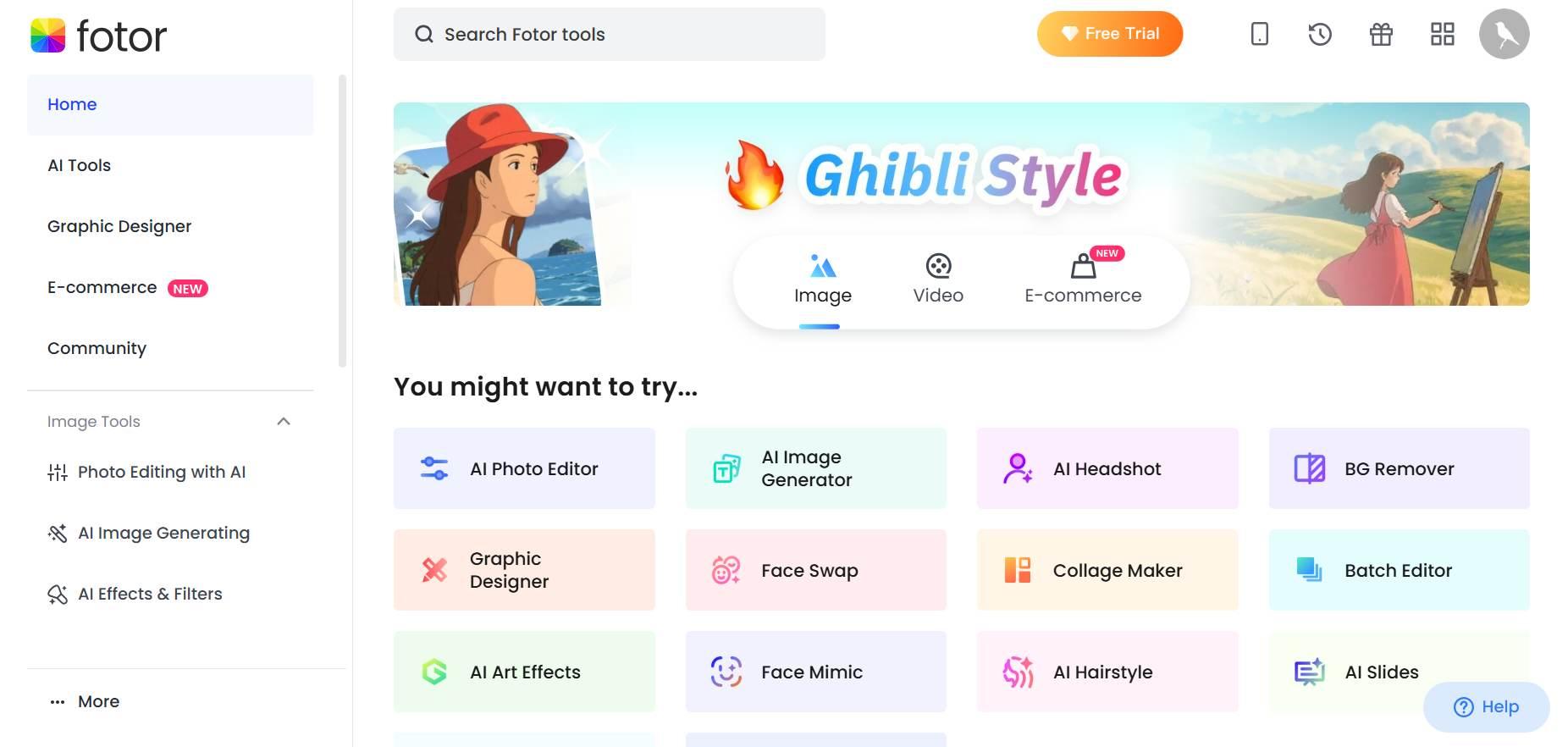
Pros:
Easy drag-and-drop interface
Good for quick fixes
Works on mobile and desktop
Cons:
Watermarks on free downloads
Limited to basic restoration features
How to Use:
Fotor is a great choice if you’re looking for a quick fix with some bonus editing tools. The process is simple, and the platform walks you through each step without confusion.
Step 1: VisitFotor’s website and upload your image
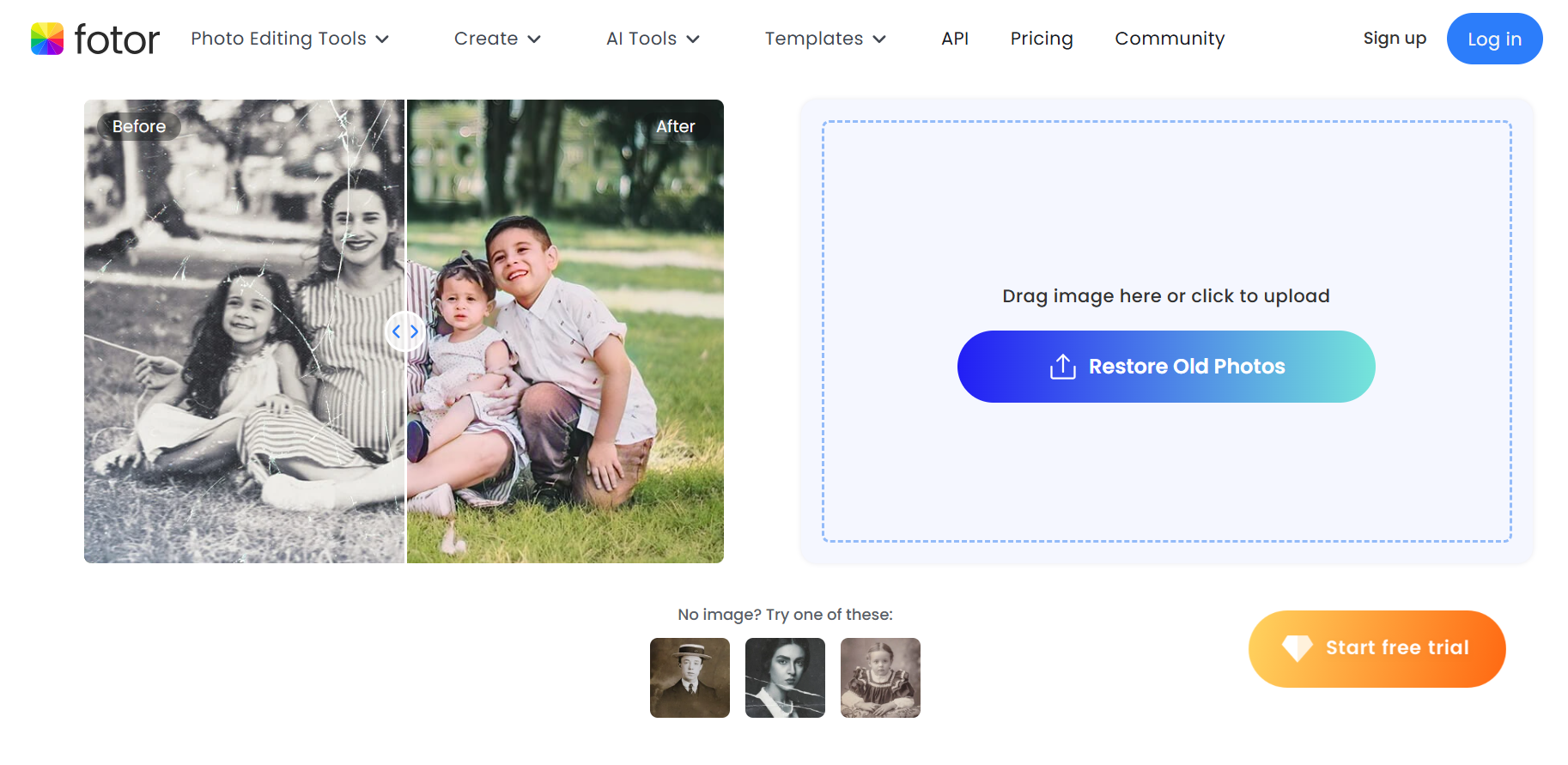
Step 2: Choose the restoration option under their AI tool, then Click to enhance and download.
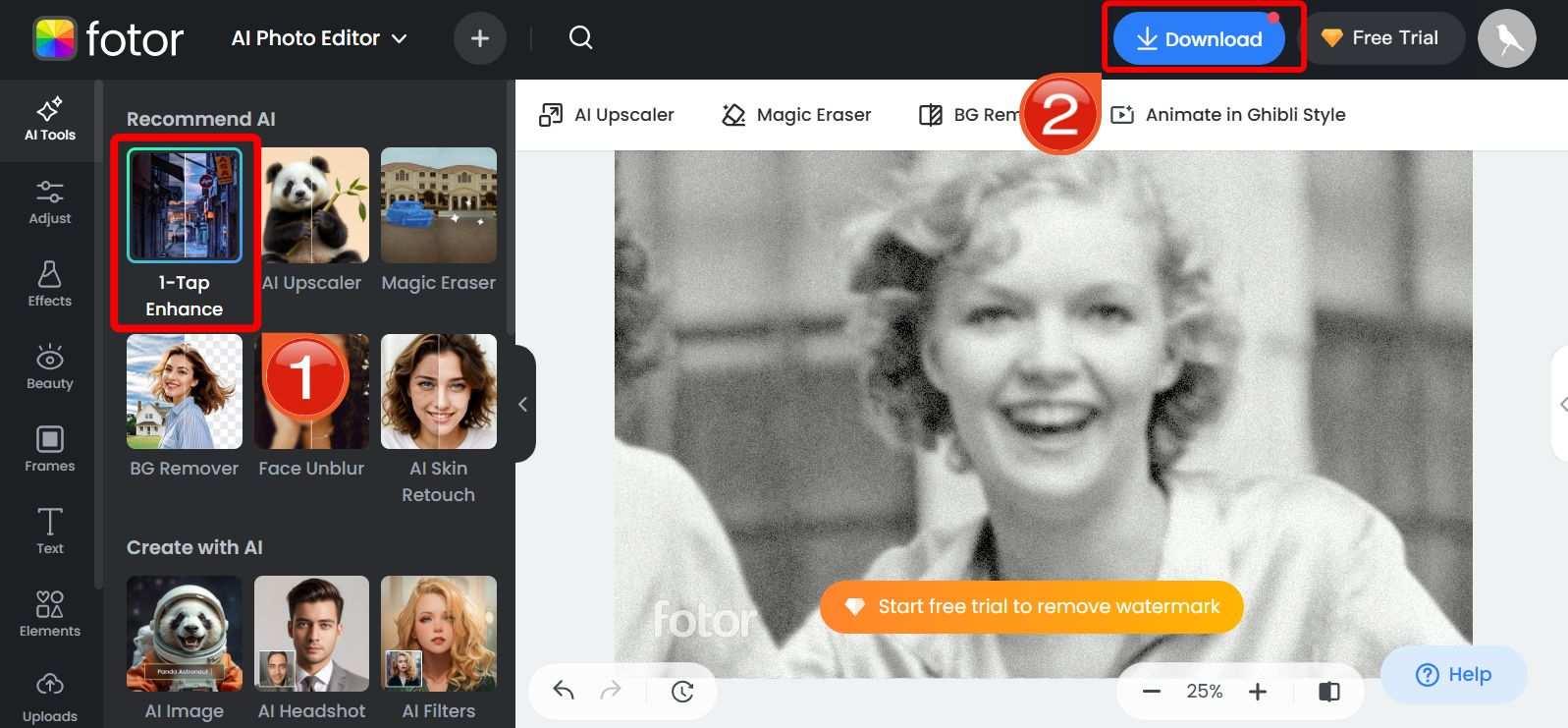
It’s a clean interface, great for beginners. The result was decent for small fixes like light damage or yellowing, but heavier restoration needed more refinement, unless you upgrade.
3. Picsart
Picsart stood out more for its creative features than strict restoration, but I found that useful in its own way. After fixing an old photo, I could easily add text, filters, or frames, all in the same place. The AI enhancement cleaned up lighter damage nicely, though results varied with more severe flaws. Still, I liked how fun and flexible the platform felt, especially if you want to restore and personalize in one go.

Pros:
Fun design interface
Works well on mobile
Supports batch processing
Cons:
Some features locked behind paywall
Restoration quality varies by image
How to Use:
Picsart is perfect if you want to clean up an old photo and get creative with it afterward. The steps are intuitive, and everything happens right inside the browser or app.
Step 1: Go toPicsart’s photo restoration page and upload your photo

Step 2: Apply the AI enhancement and if you want, you can adjust sharpness and tone before downloading.
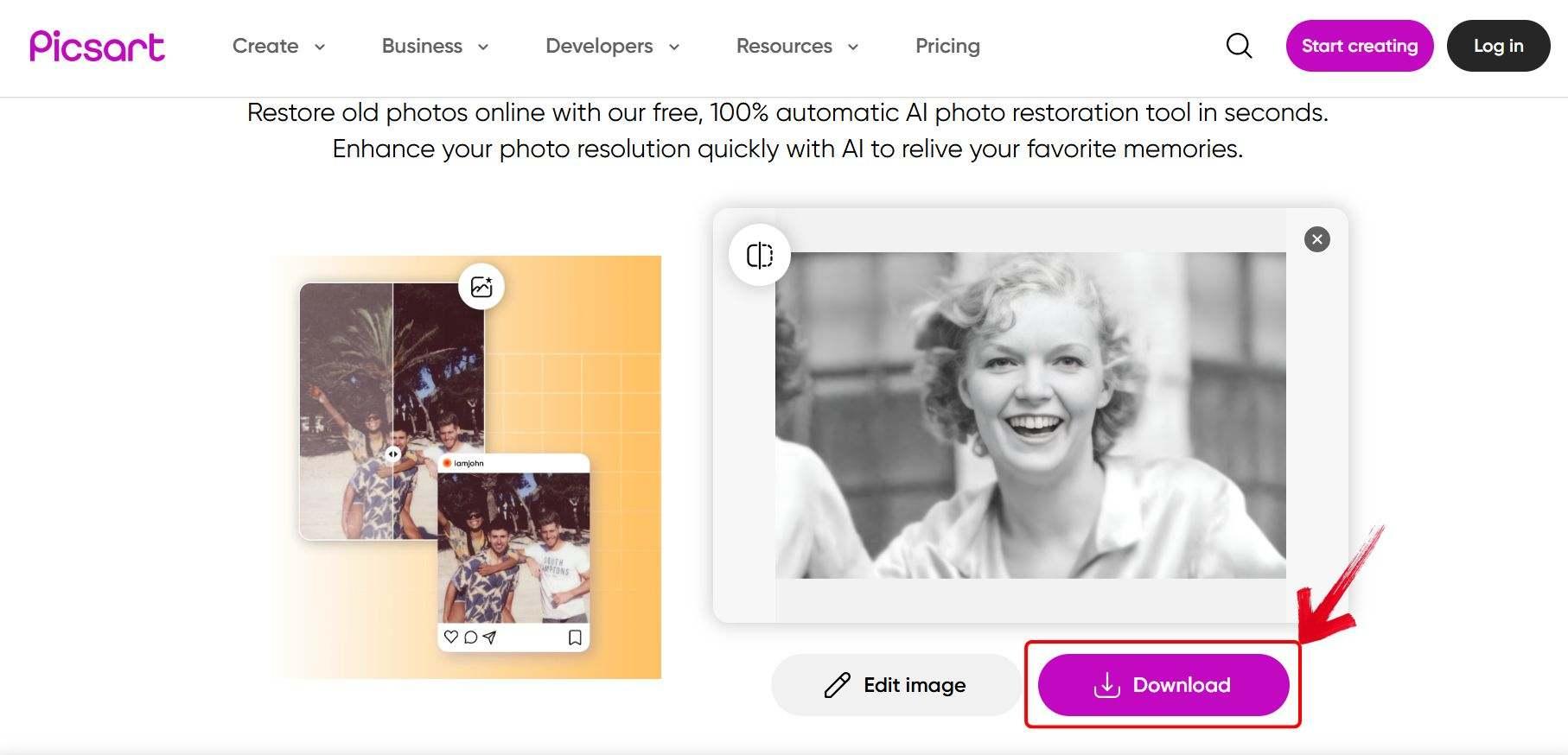
This one’s great if you're looking to edit creatively after restoring. I liked the extra control over color and sharpness, though results depended a lot on the original quality of the image.
4. Nero AI
What I liked most about Nero AI is how focused it is. There’s no clutter, just upload your photo and let the tool do its job. It handled discoloration really well, especially on older images that had yellowed over time. While it doesn’t offer much in terms of manual control, it’s great for fast, one-click restorations. For something this simple, it delivered better results than I expected.

Pros:
Focused, no-frills tool
Good at fixing faded areas
Straightforward layout
Cons:
No manual control
Output feels a bit too “soft” sometimes
How to Use:
Nero AI focuses entirely on repair, which keeps the process clean and fast. Just upload your photo, click restore, and let the AI handle the rest.
Step 1: Head toNero AI’s site, and upload your image.
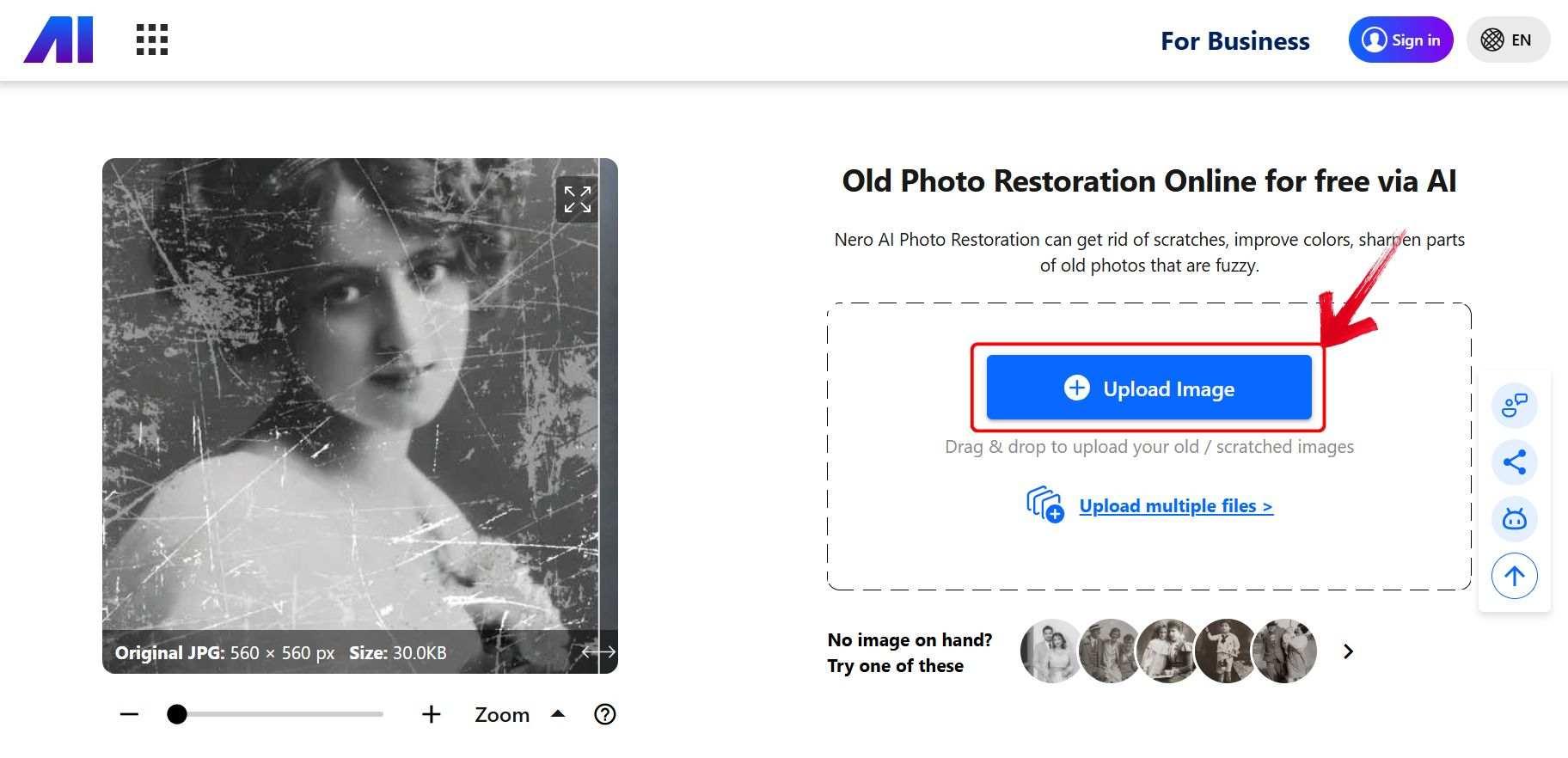
Step 2: Click on the restoration options you want and then click on Start. It takes a few seconds but after that you’ll be able to download the image.
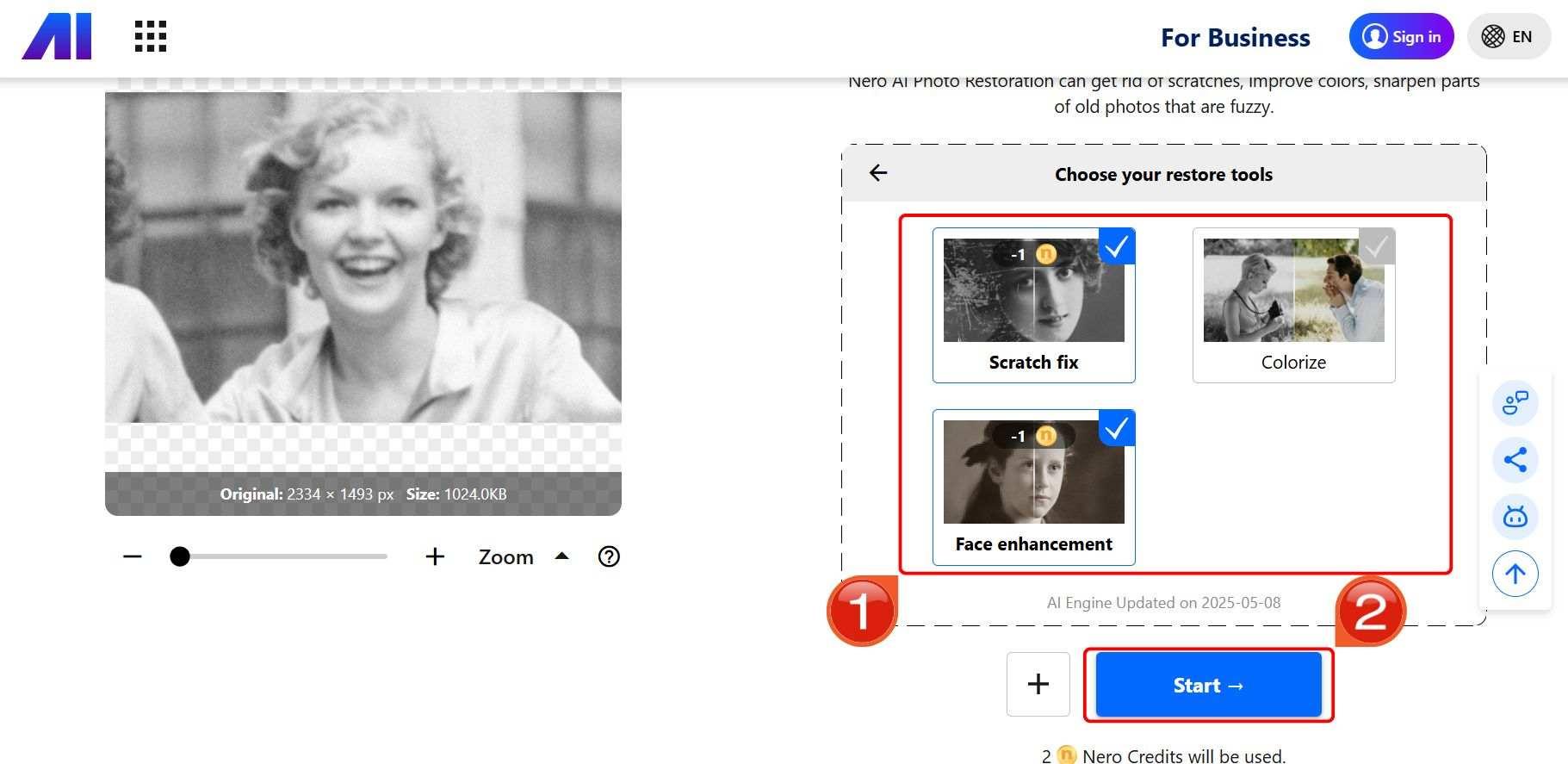
It did a solid job on one of my grandfather’s old photos that had faded edges. The downside? There was no option to tweak settings, so you get what the algorithm gives you.
5. Remini
Remini really impressed me when it came to portraits. I liked how sharply it brought out facial features, especially in blurry or low-resolution images. It’s not as useful for group photos or non-portrait shots, but for close-ups, it’s one of the best. I also appreciated how fast the mobile app worked, perfect for restoring something on the go. Just keep in mind it’s a mobile-first tool with daily usage limits.
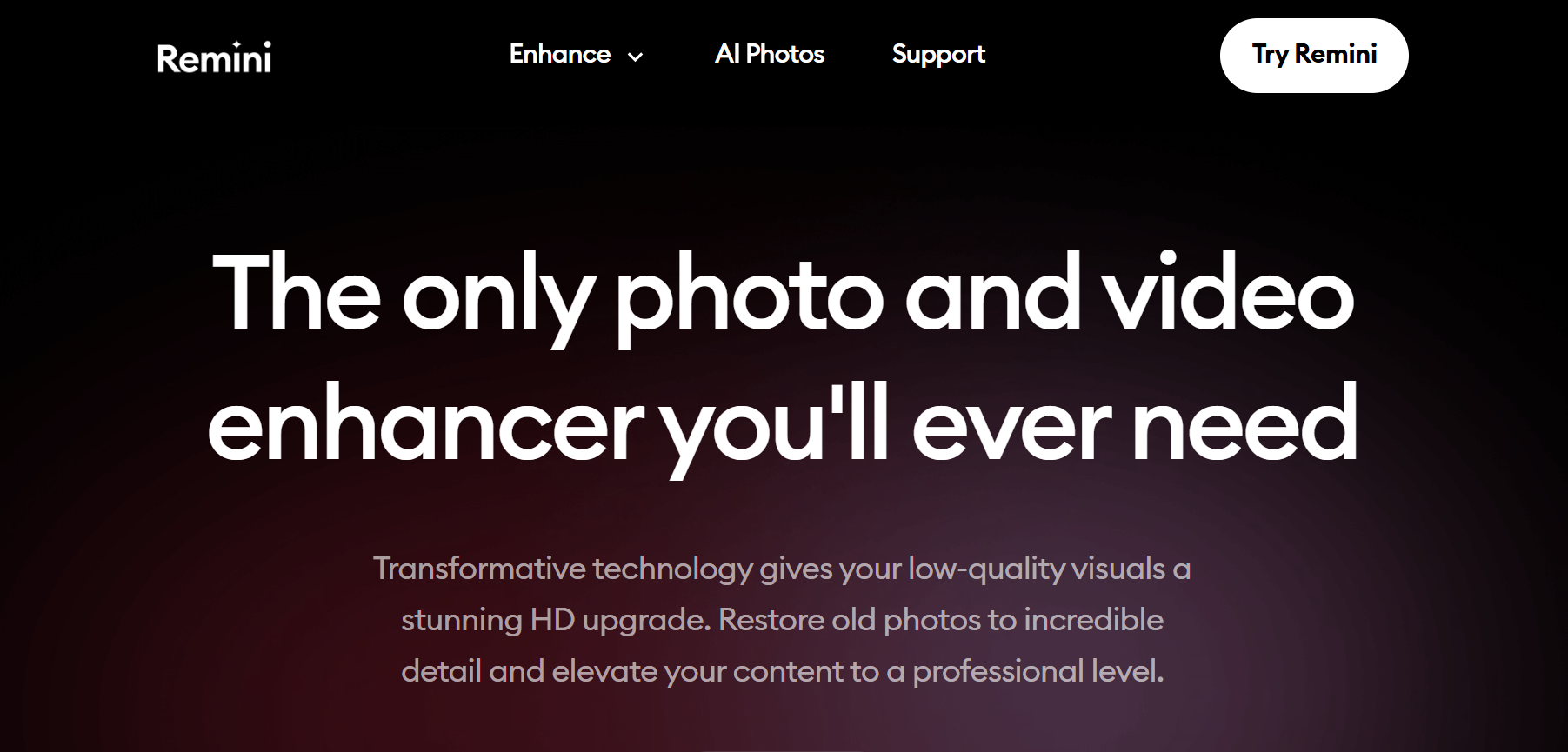
Pros:
Best at restoring facial features
High output quality
Mobile app is responsive
Cons:
App required for full access
Limited free credits per day
How to Use:
Remini works best for portraits and is built for mobile. You’ll go through a few taps on the app, and your enhanced image is ready in minutes.
Step 1: Download the Remini app,upload your photo and click Enhance. Then in a few seconds you’ll be able to download your photo by clicking the Download button
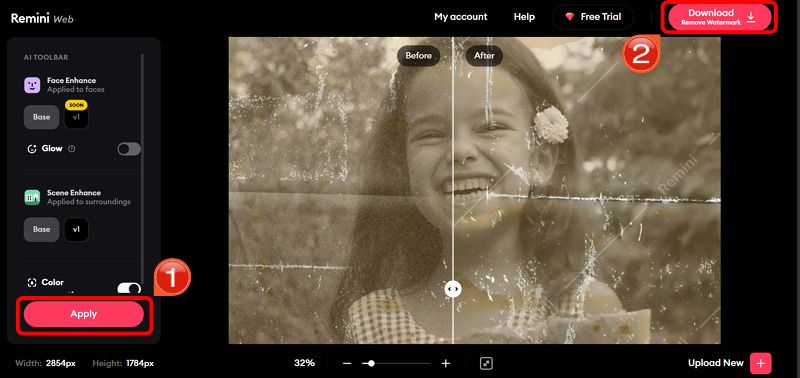
Great for portraits, it really brought out the eyes and cleaned up fine cracks. But for non-portrait shots, like full-family group picture restoration or scenery restoration, it didn’t do much.
Comparing 5 Popular Photo Restoration Tools
Here’s a quick look at how each restoration tools compare with each to other:
Tool |
Interface |
Ease of Use |
Affordability |
Image Quality |
Extra Features |
|---|---|---|---|---|---|
Toolsmart |
Clean |
Very Easy |
Free |
High |
Multiple styles, web-based |
Fotor |
Modern |
Easy |
Limited Free |
Medium |
Basic editor, watermark |
Picsart |
Creative |
Moderate |
Limited Free |
Medium-High |
Full editor, creative tools |
Nero AI |
Simple |
Very Easy |
Free |
Good |
Focused on restoration only |
Remini |
Mobile UI |
Easy |
Limited Daily |
High (for faces) |
Requires app, facial focus |
Why Prefer Toolsmart’s Photo Restoration?
While every tool on this list has its place, Toolsmart Photo Restoration stood out because it feels like it was made with everyday users in mind. It didn’t ask for a login, limit my file size, or hit me with a watermark. It gave me real results fast, and I didn’t have to pay or read a tutorial first.

Summary
Here are some things to know about Toolsmart Photo Restoration:
Turning Point: Despite trying out several tools, Toolsmart Photo Restoration felt like the one that actually understood what I needed. No distractions, just solid results that made my oldest scanned photo look like new.
Features Overview: Toolsmart Photo Restoration gives you multiple AI-powered styles and fine-tuning options for how closely the restored image matches the original. I liked having control without needing editing skills.
Free and User-Friendly: There’s no sign-up, no watermarks, and no surprise paywalls, just upload and go. It made restoring five family photos in one sitting genuinely quick and painless.
Advanced Restoration Options: From scratches to color fading, Toolsmart Photo Restoration handles more than just basic cleanups. I tested it on a damaged black-and-white photo, and it came back looking like it was taken yesterday.
Beyond Restoration: What Else It Offers
Toolsmart Photo Restoration isn’t just for photo repair, it also includes tools like image resizing, background removers, and document conversions (Word, Excel, PDF). So if you’re already cleaning up your media, it saves time by offering more in one place.
FAQs
Q1. Is there a cost to use Toolsmart Photo Restoration for photo restoration
Yes, it’s designed for all skill levels, just upload and go, or try different AI styles if you want more control.
Q2. Is Toolsmart Photo Restoration hard to use?
Not at all. You upload your image, select a style, and download your restored photo in seconds.
Q3. How does Toolsmart Photo Restoration compare to other tools?
It offers multiple styles, adjustable settings, and no restrictions, giving you more flexibility than most free tools.
Q4. Do I need to install anything?
No, everything runs online in your browser. Just visit the website and start restoring.
Q5: Who should use Toolsmart Photo Restoration?
It’s ideal for anyone restoring old images, families, students, marketers, or content creators, looking for clean results without tech headaches.
Q6: Can I resize the photos?
Yes, WPS Office includes a built-in image resizer that allows you to resize image files quickly and easily. You can adjust image dimensions, reduce file size, and optimize images for sharing, documents, presentations, or web use.
Restore Old Photos Without the Hassle
Having to restore old photos back to life doesn’t have to be expensive or complicated. The right AI tools do the hard work in seconds, and you don’t need editing experience to get great results. After testing five of the most popular options, Toolsmart Photo Restoration clearly delivered the best balance of ease, quality, and value. If you're looking for a simple way to fix faded, cracked, or blurry pictures, this is the one you’ll want to keep bookmarked.










